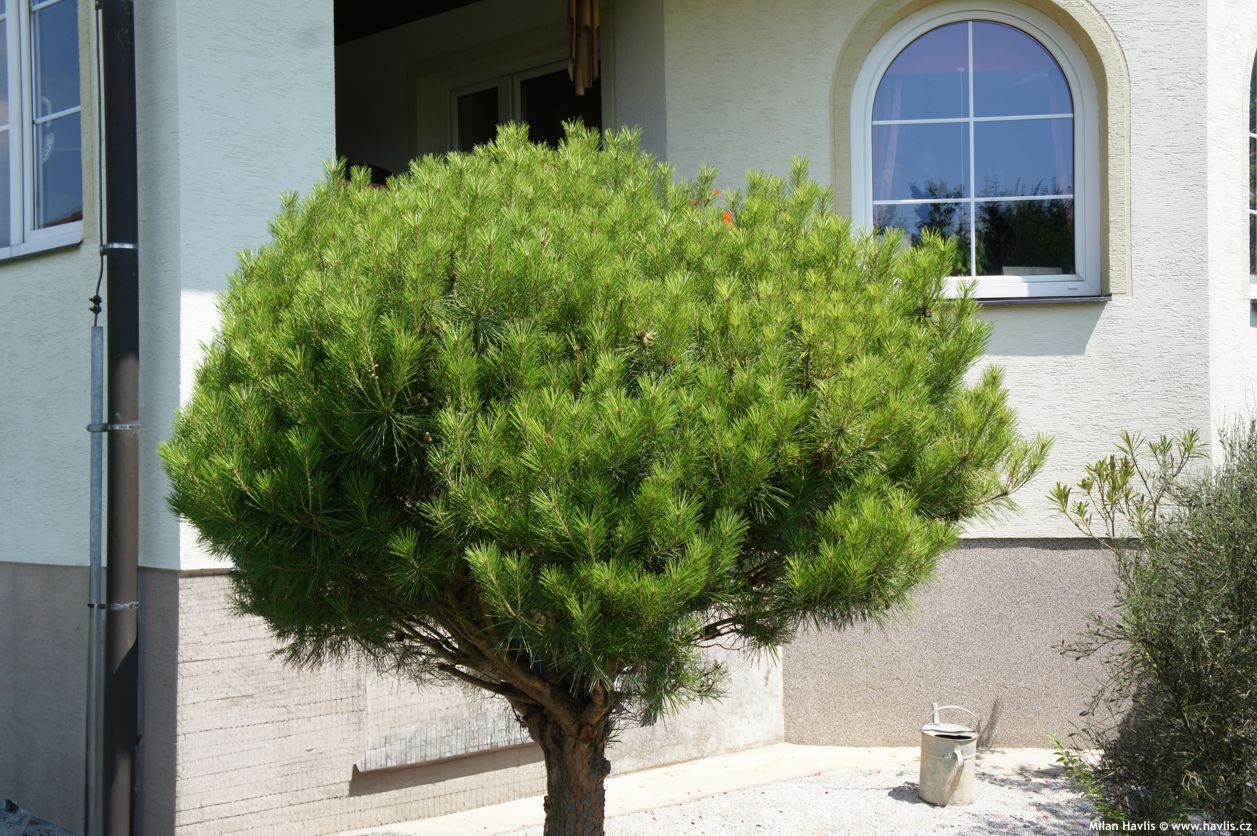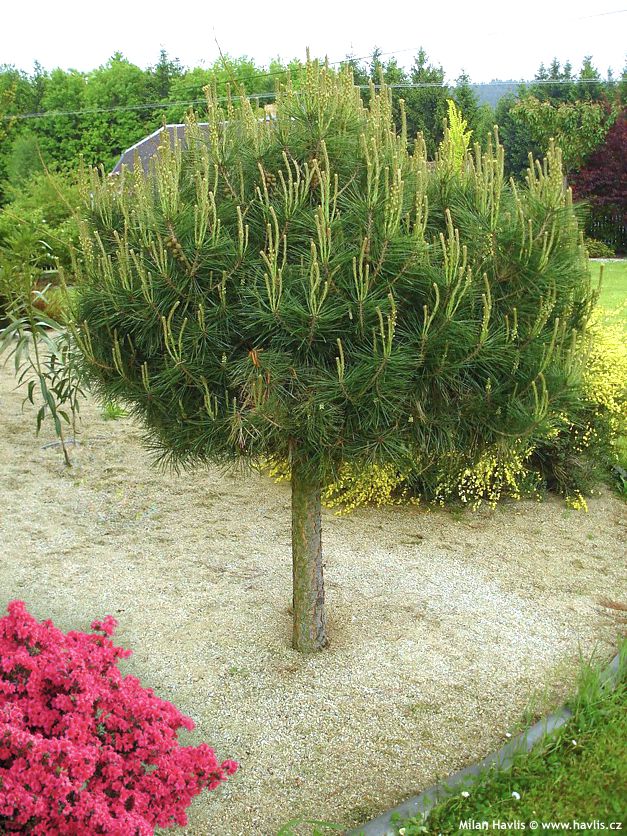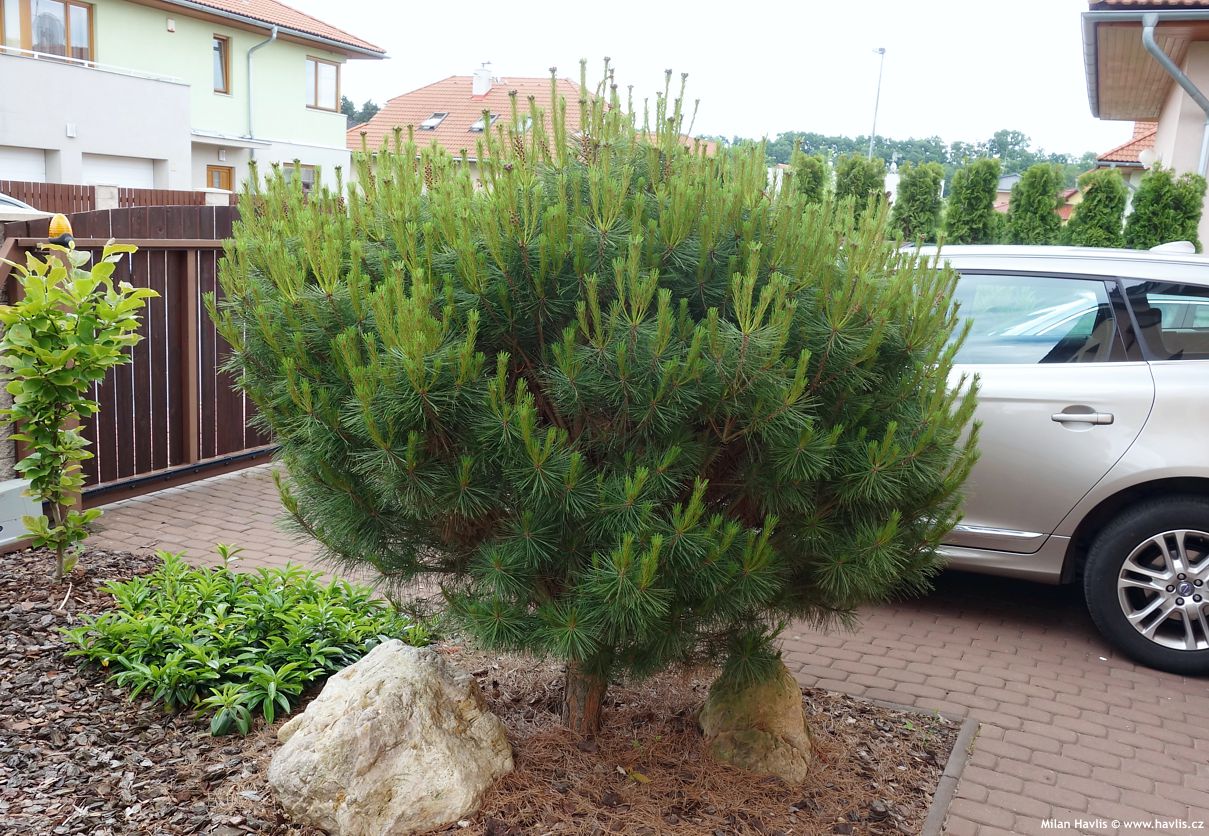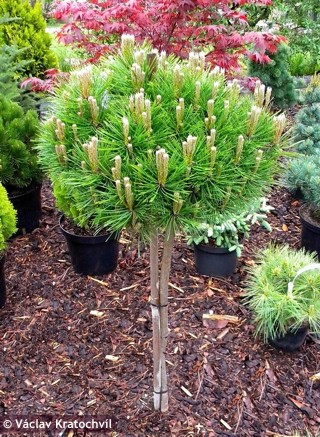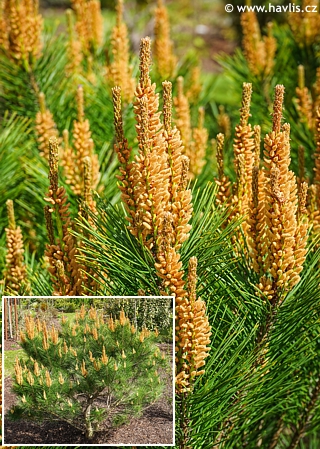Pinus densiflora 'ALICE VERKADE' Japanese red pine, Tanyosho pine
Pinus
Pines are magnificent trees found across a wide range of climates – from the cold northern regions to the sun-scorched coastal plains: the Scots pine (Pinus sylvestris) withstands frosts down to around –50 °C and grows beyond the Arctic Circle, while the Aleppo pine (Pinus halepensis) tolerates summer heat exceeding +45 °C on the dry Mediterranean slopes. The genus Pinus is the largest genus of conifers in the Northern Hemisphere, comprising around 115 species. Fossil records show that it evolved as early as the Early Cretaceous, 130–140 million years ago. Botanists today divide it into two subgenera: subgenus Pinus, the so‑called “hard pines” with two to three needles per fascicle and denser wood, and subgenus Strobus, the “soft pines” most often with five needles per fascicle and softer wood. Within these subgenera, further sections are distinguished according to cone and needle morphology. Pines have become symbols of resilience and longevity, appearing in mythology and art from China to Europe, and their diversity is so vast that it includes towering mountain giants as well as dwarf garden forms. Many cultivars have been bred, yet the most beautiful remain the wild pine forests, whose place and size were never dictated by human hands.
Japanese red pine (Pinus densiflora Siebold & Zucc., 1842) originates from Japan, Korea, northern China, and the Russian Far East. In Japan it is known as akamatsu – “red pine” – after the colour of its bark. It also belongs to the “Three Friends of Winter” (sōng zhú méi in Chinese, shōchikubai in Japanese) – a cultural motif born in China but firmly rooted in Japan. Together with bamboo and plum it symbolizes resilience, flexibility, and hope: the pine stays green even in frost, bamboo bends without breaking, and the plum blossoms already open in the midst of winter in Asia. Its branches are used in New Year decorations called kadomatsu, meant to bring good fortune and longevity. The tree is valued for timber, resin, and cultural significance: it forms a symbiosis with the matsutake mushroom, a delicacy deeply woven into Japanese cuisine and tradition. Much like oaks and beeches in Europe create the essential conditions for truffles, or spruces for prized boletes, the Japanese red pine has become a tree perceived not only as wood, but as a gateway to a rare culinary tradition.
There are about 20 currently registered varieties of Japanese red pine and if you admire Mediterranean stone pines with their rounded crowns, take a look at this variety, which shares several similar traits but is perfectly suited to temperate climates. Its name is Alice Verkade, and it is truly a gem. It captivates with its dwarf, domed to rounded habit, which in shrub form resembles a green cushion. The needles are long, soft, and fresh green – touching them feels like stroking a fine brush. Growth is slow, only about 7–10 centimetres per year, and thanks to this it retains a dense, tidy shape. It is a plant that conveys a sense of serenity: compact, elegant, evergreen, and – despite its density – airy. The cultivar was selected in the Netherlands and named after the grower Alice Verkade. It was introduced to the market in 1979.
Besides its use as a shrub, it is sometimes grafted onto short trunks, where it resembles a miniature stone pine, giving the landscape a Mediterranean flair. When grafting, it is essential to match the number of needles between stock and scion to ensure firm union and long‑lasting stability – otherwise the graft will not hold permanently. It is suitable for rock gardens, front yards, and limited spaces, where its rounded form stands out. It contrasts beautifully with shrubs and perennials of similar requirements (dry soil and full sun): brooms (Cytisus), Russian sage (Perovskia), catmints (Nepeta), or silver‑leaved perennials such as wormwood (Artemisia) and lavender (Lavandula). In containers on terraces it looks both striking and dignified, and combined with stones or ornamental gravel it evokes Japanese gardens.
The Japanese red pine is not demanding in terms of care or planting. It requires full sun and well‑drained soil – it does not tolerate boggy or permanently wet sites. Fertilisation is not necessary, though in spring it can be supported with a balanced organic fertiliser low in nitrogen. Pruning is not required, as its slow growth naturally maintains a compact shape, yet it can be shaped by shortening the “candles” (young shoots before the needles unfold) or cutting branches that still bear needles – bare branches will not sprout again after cutting. It is fully hardy to at least –29 °C and needs no winter protection, even in containers, provided the substrate is light, well‑drained, and all excess water flows away (USDA zone 5).
Last update 17-07-2010; 23-11-2025
Goods are shipped all over Europe. For Russia and U.K. and for further details please read about SHIPPING OPTIONS HERE.
Are you interested in a serious discount for orders NOV-FEB? Check your options here.
THE PRICES INCLUDE VAT of 15%. For quick conversion you can use 1 CZK = approx. 0.04 EUR
- STANDARD QUALITY - Plants of this group are 1st class quality with number of branches and overall density adequate to their size and age, considering they were container grown.
- DE LUXE QUALITY - This label guarantees a luxurious quality of manually selected plants that, compared to their height and age, are exceptionally dense and beautiful.
- EXTRA - These plants are usually mature and bigger specimens with exceptional overall appearance.
- STANDARD (as described in the plant form) means a tree with a trunk of 190-210 cm and a crown at the top, unless specified differently. The commercial size for trees is their girth measured in the height of 1m from ground.
- HOBBY - These plants are of the same quality as our standard-quality plants but younger and therefore cheaper.
- SHRUB - a woody plant with branches growing bushy from the ground level.
- HALF-STANDARD or MINI-STANDARD - a small tree with shorter trunk, its size is usually specified.
- FEATHERED - These are trees with branches growing already from the base of the trunk and up along the stem.
- GRASSES and PERENNIALS - Sizes given usually read the diameter of the pot or the clump, as specified.












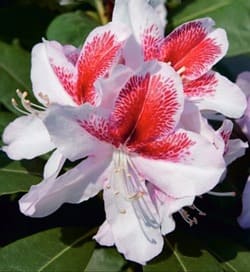




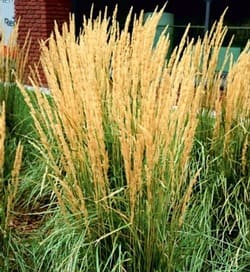
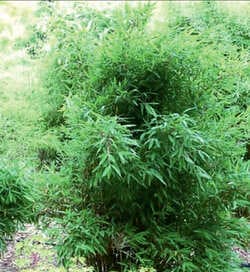
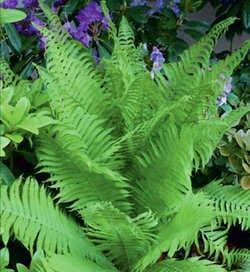




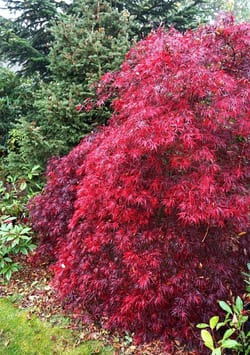
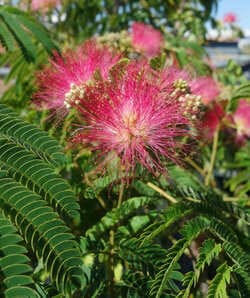
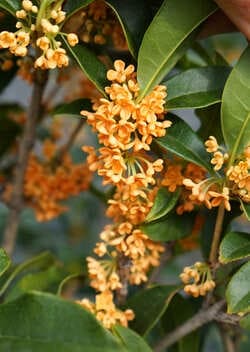



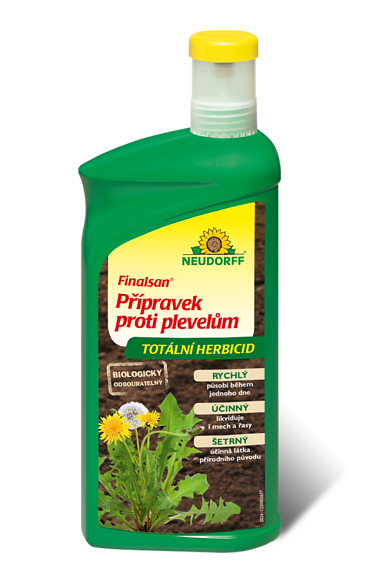


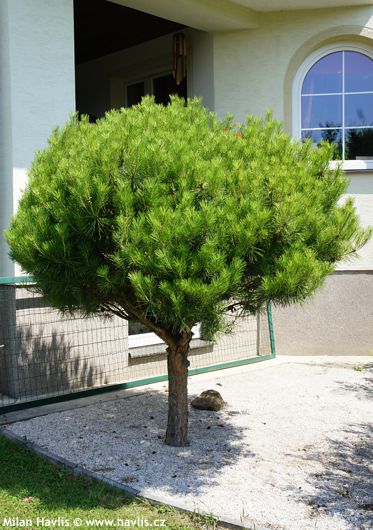
.jpg)
